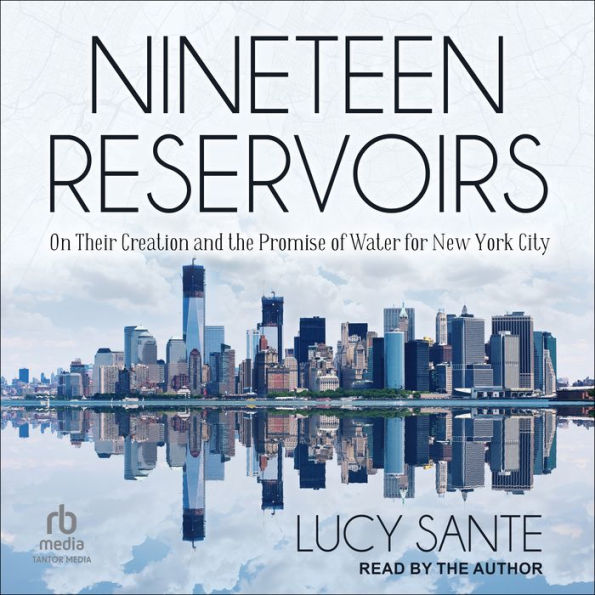Publishers Weekly
04/11/2022
New York Review of Books contributor Sante (Low Life) plumbs in this rewarding study the history of New York City’s reservoirs and the displacement that followed the city’s increasing demand for water. Sante swiftly covers New York City’s first concerted effort to find a supply of clean and potable water upstate following a 1798 yellow fever epidemic, as well as more recent attempts to meet rising demand with the 1965 completion of the Cannonsville Reservoir. Sante also notes that for the construction of the Ashokan Reservoir in the early 20th century, “504 private houses, 35 stores, ten churches, ten schools, nine blacksmiths’ shops, seven sawmills, and a gristmill” were displaced, and dozens of cemeteries, family burying grounds, and Native American remains were moved. Accompanying the text is a wealth of archival materials, including postcards, maps, photographs, and newspaper clippings, that bring to life the communities sacrificed to create a water supply for New York City. The combination of well-crafted prose, rich archival illustrations, and eye-catching photographs of the reservoirs make this memorable. The chronicle is anything but dry. Agent: Joy Harris, Joy Harris Literary. (Aug.)
Best Nonfiction Book of 2022 The Washington Post
"An eye-opening tale of the greed and corruption but also diplomacy and ingenuity involved in creating the system now taken for granted."
Dwight Garner
"A Washington Post Best Nonfiction Book of 2022
An Indie Bestseller
"Sante’s writing has an unmistakable and addictive tone. . . . Nineteen Reservoirs is a beautiful object—the period photographs and postcards are expertly reproduced and glow with feeling, and the book concludes with an apposite photo essay by Tim Davis."
InsideHook
"Lucy Sante is an essential guide into the underreported history of cities around the world. For her new book, Nineteen Reservoirs, she explores something that you might not have thought about prior to now: at what cost did New York City get its supply of fresh water? It’s a fascinating look at the effect this process had on the Hudson River Valley and the communities based there, then and now."
The Wall Street Journal
"[Sante] is an endlessly curious writer with a sharp wit and an elegant prose style . . . As a physical object, the book is a stunner, loaded with maps, archival stills of the construction process, vintage postcards, and ads warning New Yorkers to check their plumbing and ‘stop that leak!’"
Graydon Carter’s Air Mail
"Lucy Sante’s book is both an ode to a lost world and a celebration of an achievement that is a marvel of engineering. The conflict between urban and rural, rich and poor, is poignant without becoming melodramatic, a tribute to Sante’s fine prose, archival pictures, and the present-day photos taken by Tim Davis. The publisher also deserves credit for producing such a beautiful and well-designed volume."
Phillip Lopate
"[The] larger underlying subject, typical of this author, has less to do with the intrusion of a quasi-military bully than with the way the more or less effaced past continues to haunt the oblivious march of progress. . . . Sante has performed a valuable service in raising hard questions about [the reservoir system’s] mixed legacy."
Darryl Pinckney
"I would recommend Nineteen Reservoirs."
The New Republic
"A meditation, a forensic accounting of the damage the reservoir system did and how it still resonates. Sante is expert in the excavation of neglected and buried histories."
The Washington Post
"An eye-opening tale of the greed and corruption but also diplomacy and ingenuity involved in creating the system now taken for granted."
Chicago Reader
"The prose is crystalline and the pages are richly illuminated with maps, adverts, and period photography. . . . The visual matter serves to further accentuate the intractable issue at the heart of this book: how to help an urban population without utterly destroying a rural one."



